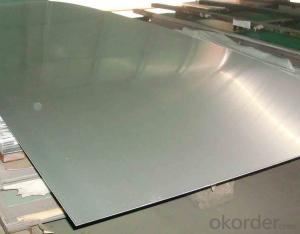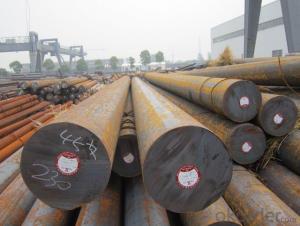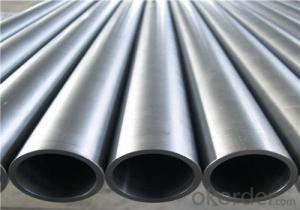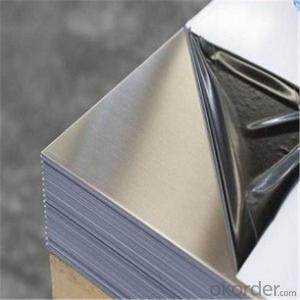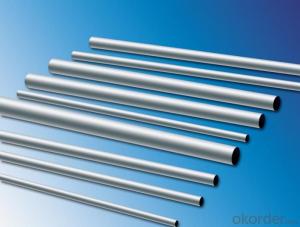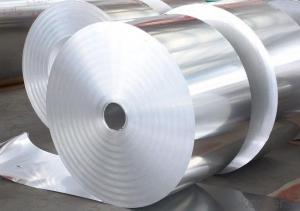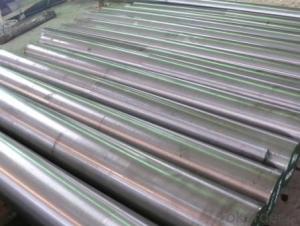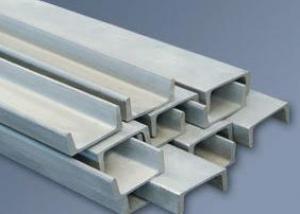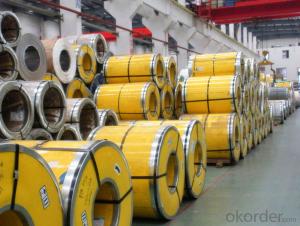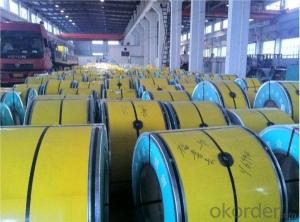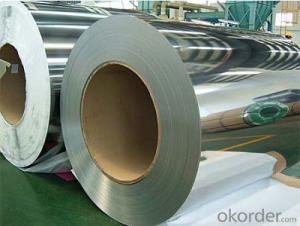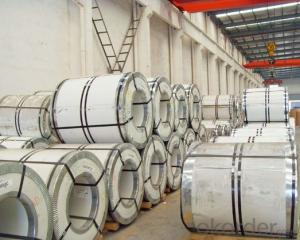Aisi 304 Stainless Steel
Aisi 304 Stainless Steel Related Searches
Best Paint For Stainless Steel Blanket Insulation For Steel Buildings Primer For Galvanized Steel Foam Filter For Stainless Steel H S Code For Stainless Steel Surface Grinding Wheels For Stainless Steel Surface Grinding Wheels For Hardened Steel Hole Saw For Stainless Steel Paint For Stainless Steel Stainless Steel For BbqHot Searches
Steel Mesh Panels For Sale Price For Stainless Steel Scrap Scrap Price For Stainless Steel Price For Stainless Steel Stainless Steel Tank For Sale Stainless Steel Sheets For Sale Cheap High Tea Sets For Sale Stainless Steel Tanks For Sale Stainless Steel For Sale High Density Fiberboard For Sale Solar Hot Water Collectors For Sale Scaffolding For Sale In Uae Scaffolding For Sale In Ireland Scaffolding For Sale In Houston Type Of Inverter For Solar Price Of Shipping Containers For Sale Types Of Inverter For Solar Stock Price For Aluminum Used Solar Inverter For Sale Steel Mesh Panels For SaleAisi 304 Stainless Steel Supplier & Manufacturer from China
Okorder.com is a professional Aisi 304 Stainless Steel supplier & manufacturer, offers integrated one-stop services including real-time quoting and online cargo tracking. We are funded by CNBM Group, a Fortune 500 enterprise and the largest Aisi 304 Stainless Steel firm in China.Hot Products
FAQ
- To remove scratches from stainless steel strips, you can start by cleaning the surface with a mild detergent and soft cloth to remove any dirt or debris. For minor scratches, you can try using a non-abrasive stainless steel cleaner or a mixture of baking soda and water to gently buff the affected area. Rub the cleaner or paste in the direction of the grain using a soft cloth or sponge. For deeper scratches, you may need to use a fine grit sandpaper or stainless steel scratch removal kit, following the manufacturer's instructions. Remember to always test any cleaning or polishing product on a small, inconspicuous area first to avoid further damage.
- Indeed, the utilization of stainless steel strips proves to be feasible in the manufacturing process of automotive exhaust systems. The commendable resistance against corrosion, impressive capacity to withstand high temperatures, and remarkable durability render stainless steel a favored preference for exhaust systems. Such attributes make stainless steel strips the perfect choice for enduring the harsh conditions and extreme temperatures that exhaust systems are exposed to. Furthermore, the malleability and weldability of stainless steel strips allow for effortless formation into the required shapes and configurations essential for automotive exhaust systems.
- The thermal expansion coefficient of stainless steel strips typically ranges from 10.8 x 10^-6 to 17.3 x 10^-6 per °C, depending on the specific grade and composition of the stainless steel.
- Yes, stainless steel strips can be used in the construction equipment industry. Stainless steel is known for its durability, corrosion resistance, and strength, making it an ideal material for various construction equipment applications. Stainless steel strips can be used for structural components, such as frames, supports, and brackets, as well as for decorative or protective purposes. Additionally, stainless steel's ability to withstand extreme temperatures and harsh environments adds to its suitability for the construction equipment industry.
- The stainless steel strips offer various surface treatments, each with unique advantages and applications. Some commonly used treatments are: 1. Polishing: By mechanically smoothing the surface, polishing creates a glossy finish. It not only improves the appearance but also enhances corrosion resistance and simplifies cleaning. 2. Brushing: This treatment involves rubbing the strip with an abrasive material to create a brushed texture. It hides scratches and fingerprints, making it suitable for achieving a matte or satin finish. 3. Passivation: By chemically removing iron contaminants, passivation enhances the steel's corrosion resistance. It involves immersing the strip in an acid solution to eliminate impurities and create a protective oxide layer. 4. Electropolishing: Similar to polishing, electropolishing is an electrochemical process that removes a thin layer of material. It smooths the surface, reduces roughness, and improves cleanliness and corrosion resistance. 5. PVD Coating: Physical Vapor Deposition (PVD) coating deposits a thin layer of material onto the strip's surface. This treatment offers decorative and functional coatings like gold or colored finishes, as well as enhanced hardness or wear resistance. 6. Chemical Etching: By selectively removing material, chemical etching creates intricate designs or patterns. It is commonly used for branding or decorative purposes. 7. Powder Coating: In this treatment, a dry powder is applied and heated to form a protective layer. Powder coating provides excellent corrosion resistance, durability, and can be customized with different colors or textures. To select the appropriate surface treatment, it is crucial to consider the specific requirements and intended use of the stainless steel strip. Each treatment offers different properties and finishes that can enhance the overall performance and appearance of the steel.
- There are several factors that can affect the corrosion resistance of stainless steel strips. 1. Alloy composition: The composition of the stainless steel alloy plays a crucial role in determining its corrosion resistance. Stainless steel is typically composed of iron, chromium, and various other elements such as nickel, molybdenum, and nitrogen. The higher the chromium content, the better the corrosion resistance. Other alloying elements also contribute to the overall corrosion resistance of stainless steel. 2. Passive film formation: Stainless steel forms a passive film on its surface when exposed to oxygen. This film acts as a protective barrier against corrosion. The stability and thickness of this passive film depend on factors such as alloy composition, surface condition, and environmental conditions. Any damage to the passive film can compromise the corrosion resistance of the stainless steel strip. 3. Surface finish: The surface finish of stainless steel strips can greatly influence their corrosion resistance. Smooth and polished surfaces are less prone to corrosion compared to rough surfaces, as they have fewer areas for corrosive agents to attack. 4. Environmental conditions: The environment in which stainless steel strips are exposed can significantly affect their corrosion resistance. Factors such as temperature, humidity, pH level, and the presence of corrosive agents like chloride ions or sulfur compounds can accelerate corrosion. Stainless steel strips used in marine, industrial, or highly corrosive environments may require higher corrosion resistance. 5. Stress corrosion cracking: Stainless steel can be susceptible to stress corrosion cracking, particularly when exposed to environments containing chlorides or sulfides. This type of corrosion occurs due to the combined effects of tensile stress and corrosive agents, leading to the formation of cracks. The susceptibility to stress corrosion cracking can vary depending on the alloy composition and environmental conditions. 6. Manufacturing processes and heat treatment: The processes involved in manufacturing stainless steel strips, such as hot rolling, cold rolling, annealing, and heat treatment, can affect their corrosion resistance. Improper heat treatment or inadequate manufacturing processes can lead to a decrease in corrosion resistance. Overall, the corrosion resistance of stainless steel strips is influenced by a combination of factors, including alloy composition, passive film formation, surface finish, environmental conditions, stress corrosion cracking susceptibility, and manufacturing processes. It is important to consider these factors when selecting the appropriate grade of stainless steel for specific applications to ensure optimal corrosion resistance.
- Yes, stainless steel strips are generally resistant to galvanic corrosion due to their inherent properties such as high chromium content, which forms a protective layer on the surface. This layer acts as a barrier against galvanic reactions and prevents the strip from corroding when in contact with dissimilar metals. However, in certain aggressive environments or under specific conditions, some forms of stainless steel may still experience galvanic corrosion.
- There are several certifications and standards for stainless steel strips, including ASTM (American Society for Testing and Materials) standards, EN (European Norm) standards, and ISO (International Organization for Standardization) certifications. These standards and certifications ensure that stainless steel strips meet specific requirements for composition, mechanical properties, and performance, ensuring their quality and suitability for various applications.

















